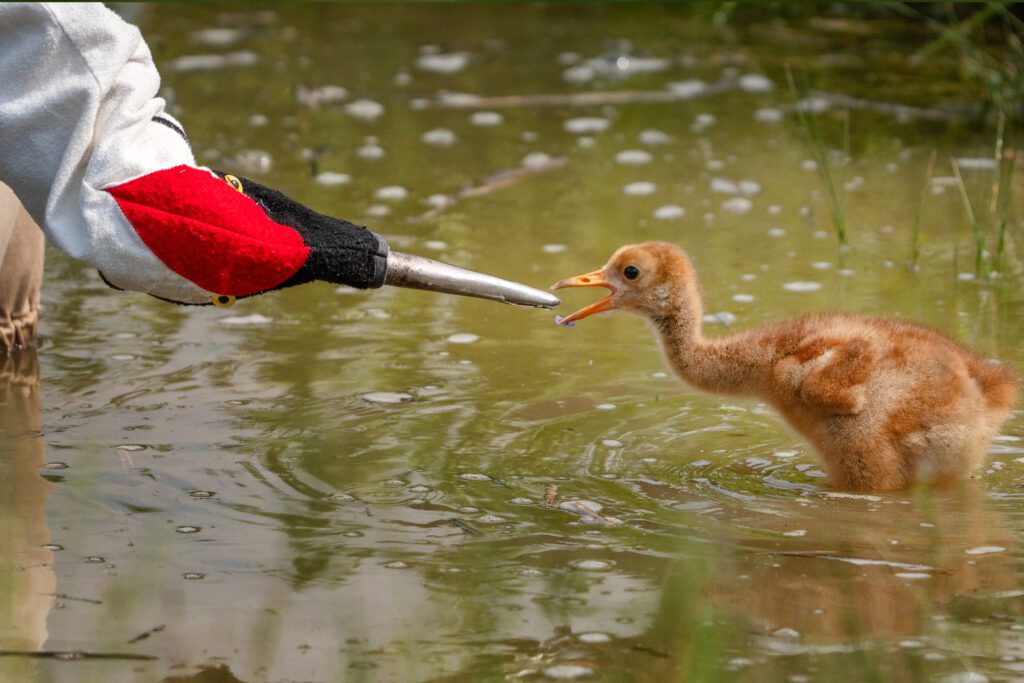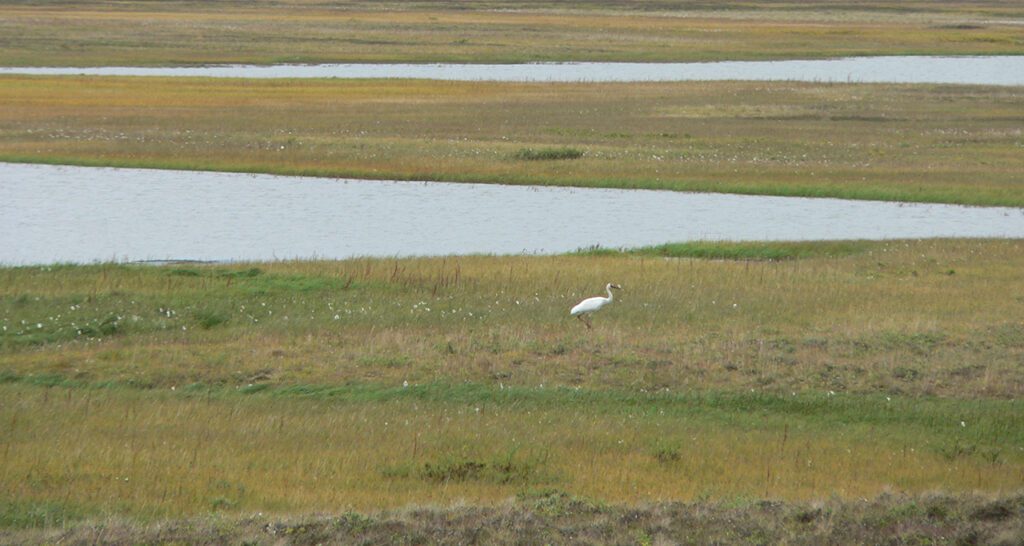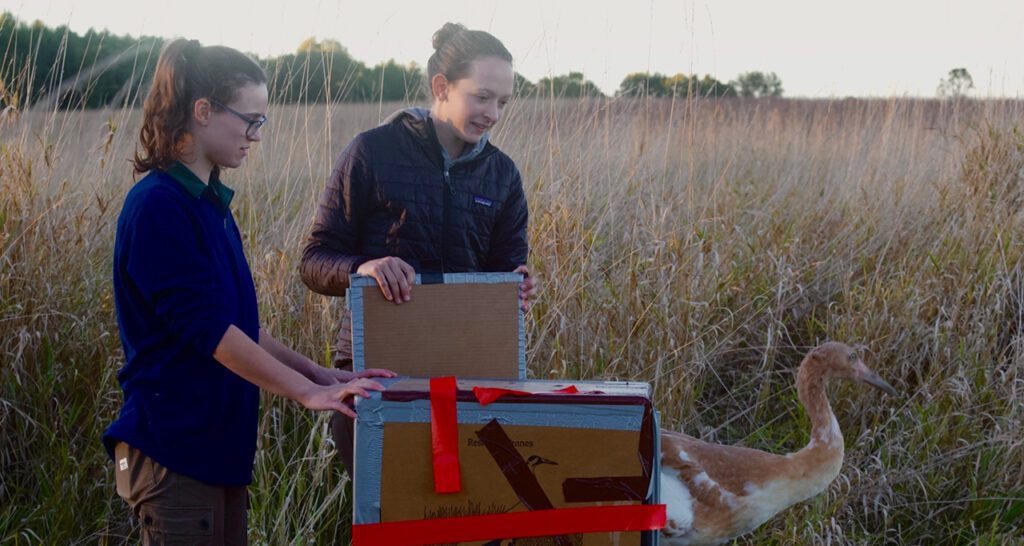New Research and Community Center Opens in the Khurkh-Khuiten Nature Reserve in Mongolia
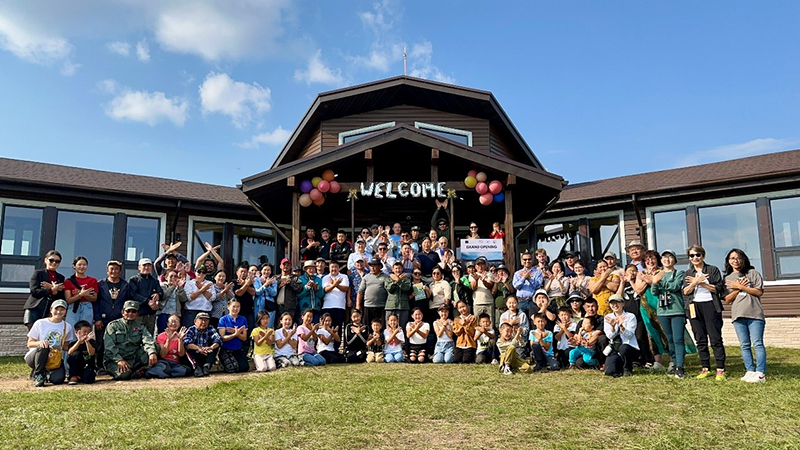
The Wildlife Science and Conservation Center of Mongolia held the grand opening ceremony for the new Khurkh Ecological Research and Community Center on August 19 in the Khurkh-Khuiten Nature Reserve in northeast Mongolia. The nature reserve is a world-renowned wetland site for its international importance and crane conservation in East Asia. The new center provides much-needed accommodations and facilities for training, meetings, environmental education, and community engagement activities.
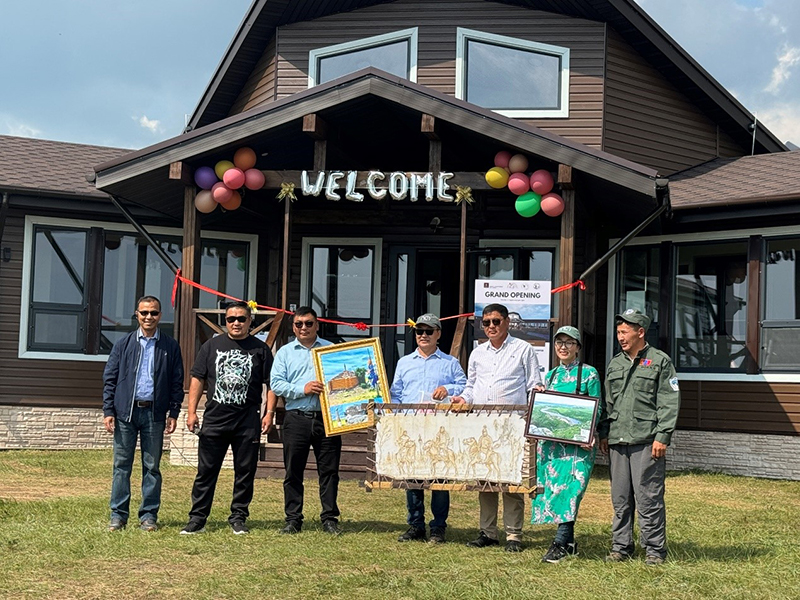
More than 80 people participated in the ceremony, including representatives from the provincial government, country administrations, research institutes, international organizations, local non-governmental organizations, corporations, the local community, and potential sponsors. The International Crane Foundation’s Asia Programs Vice President, Dr. Mahendra Shrestha, East Asia Program Director, Yu Qian, and Senior Grant Officer of Asia Programs, Zhou Sujun, joined the ceremony on behalf of the Foundation.
Mahendra gave an opening speech recognizing the long-term partnership between the International Crane Foundation and Wildlife Science and Conservation Center, calling for joint efforts from stakeholders to protect this valuable landscape for cranes, including White-naped, Demoiselle, Eurasian, Siberian, and Red-crowned Cranes, and many other endangered birds. Dr. Nyambayar Batbayar, International Crane Foundation Research Associate and Director of the Wildlife Sciences and Conservation Center, reviewed the history of the two organizations’ decade-long cooperation to protect this region, a critical breeding area for the White-naped Crane western population and community engagement activities.
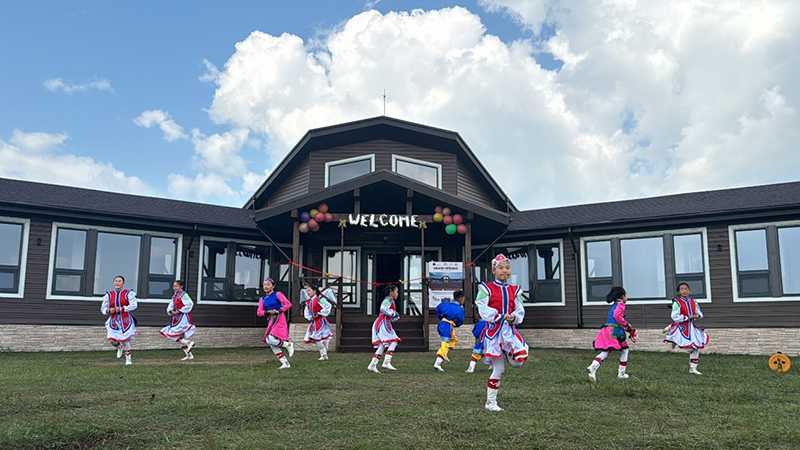
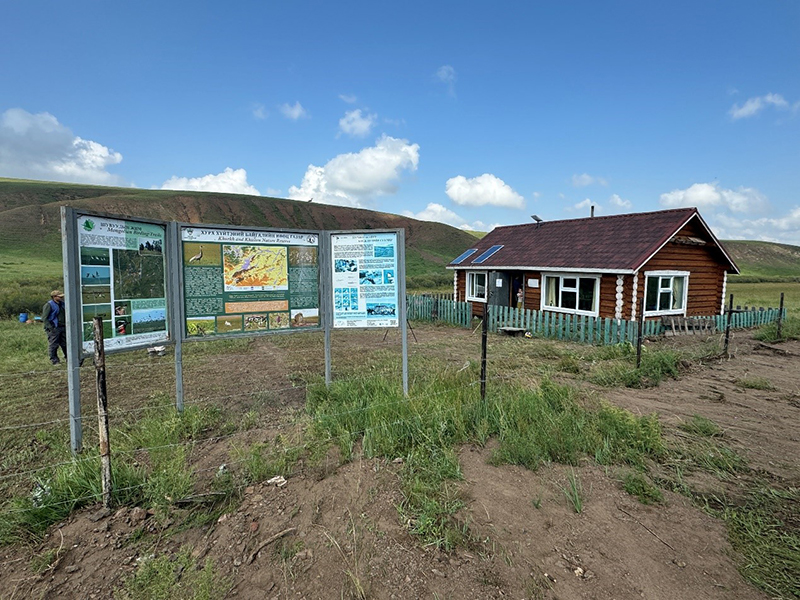
In the morning, delegates visited the bird ringing station in the reserve, well known in Mongolia for its local and international capacity building. About 6,500 birds are banded here every year by volunteers from various countries. Such bird banding and research provide sound evidence for science-based conservation in the reserve and benefit international flyway conservation.
With this upscaled investment and collaboration with the Wildlife Science and Conservation Center, we are confident that more partners and stakeholders will embrace the importance of the Khurkh-Khuiten Nature Reserve and secure its long-term conservation impact.
